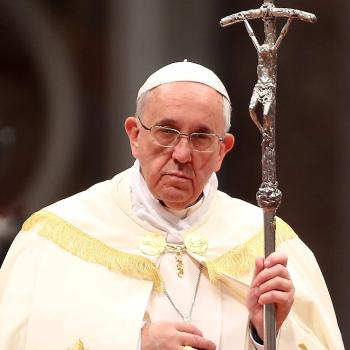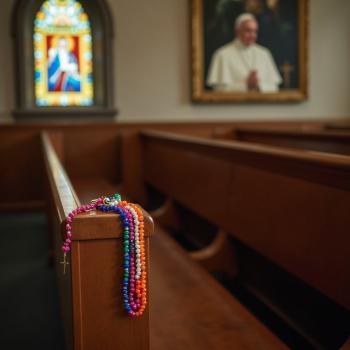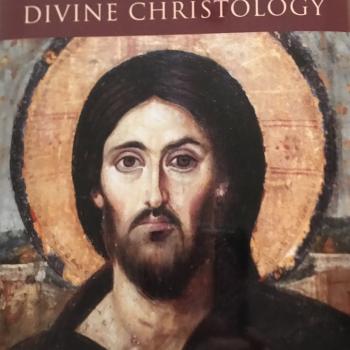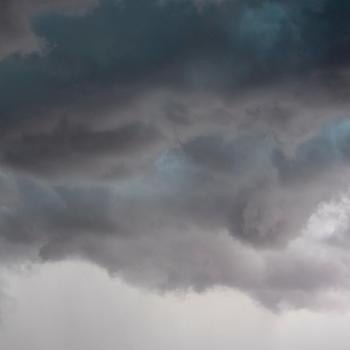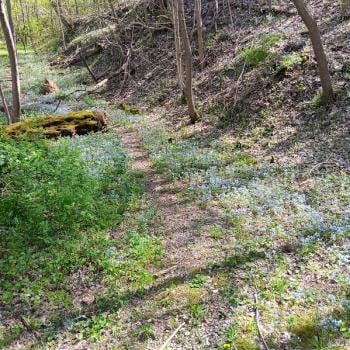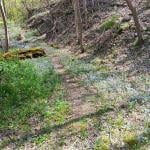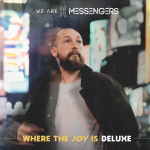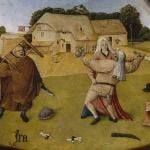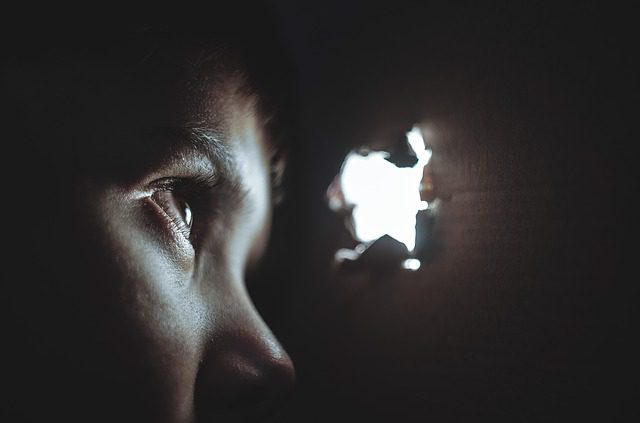
We got on the bus to go downtown, at the beginning of our school year.
There was going to be a “free backpack giveaway,” for all children going back to school, and I’d been told that homeschoolers would not be turned away. I hoped it was true; I’d encountered a little hostility to homeschoolers around town before. And that began again when I got on the bus.
“You ain’t allowed to get a backpack,” said a boy from the neighborhood, who was riding to the same destination.
“Yes she is,” I said.
“No she ain’t,” said the boy. “Cause she don’t go to school.”
“Homeschooling is a kind of school,” I insisted. “Rose is going back to school just like you are.”
The boys was about to protest, but his grandmother shot him down with a stern rebuke.
I was not used to that. People who ride the bus tend to be critical of homeschooling. School is what one does, or your child will not develop properly– so I’m told.
“That’s smart,” said a total stranger. “That homeschooling’s smart. That way she won’t get shot.”
I was especially not used to that.
Several other people on the bus chimed in, giving more and more graphic accounts of how dangerous, how traumatic it was to it was to go to school; about how dreadful the lockdowns were to endure; about how, pretty soon, we’d be equipping children with bulletproof Kevlar backpacks and it still wouldn’t work.
That late August morning was the moment I noticed the cultural shift, right here in my neighborhood in northern Appalachia– the shift from seeing institutional school as entirely beneficial to a child’s mental health and development, to seeing school as a grim necessity which is dangerous and might get a child killed.
I’m told that Appalachia is twenty to thirty years behind the times in just about every way. Fitting, then, that we noticed schools were dangerous, just a hair under twenty years after the Columbine Massacre. That anniversary was last month, over Holy Week. I didn’t get to commemorate it then because I was so busy writing my Triduum meditations. But I don’t want to let it pass without any notice at all.
Twenty years ago last month, Eric Harris and Dylan Klebold tried to blow up their school with homemade time bombs. They had planned to pick off any survivors with shotguns they’d purchased at a gun show after the bombs went off. When the bombing failed, killing no one, they went inside and started mowing people down. Their motives for this were as much of an enigma as their friendship and what drew them to each other in the first place. Harris came from a middle-class family and Klebold was wealthy. Harris’s father was in the military and Klebold’s family were more or less pacifists who didn’t believe in corporal punishment. Harris was belligerent and a loner, whereas Klebold was usually agreeable and had friends at school– he even took a girl to the prom a few days before the massacre. Harris was posthumously diagnosed as a psychopath. While alive, he’d been treated for other mental illnesses and was under the influence of Zoloft, a medication that we now know can sometimes cause homicidal ideation. Klebold was posthumously diagnosed as having major depression; his struggles had gone completely unnoticed and untreated, and he never took psychiatric medication in his life.
Twenty years ago, we might have learned, looking at those two young men, that there’s not one particular factor that turns a person into a school shooter– not medication or lack of medication, being a loner or not, coming from money or not. All that matters is that a person has the willingness to kill, and ready access to guns. And nothing will make the problem go away until that’s addressed. We might have learned that lesson then, but we didn’t.
Twenty years ago, Rachel Joy Scott got into a spat with her brother and walked into school without saying goodbye– and her brother never saw her again. She was the first to die, instantly, of wounds to the head and chest, while she ate her lunch. Twenty years ago, Cassie Bernall, a recently converted Christian, hid under a table in the library, died silently, and was mistakenly hailed as a martyr when one of the survivors mistook who had professed a belief in God. Twenty years ago, Dave Sanders was shot while trying to protect his students, and bled to death over the next hour. Students tried to draw attention to his plight by hanging a sign that said “1 Bleeding to Death” in the window, but the first responders were afraid it was a ploy by the shooters and didn’t go near. Sean Graves and Anne Marie Hochhalter were shot in the spine and paralyzed for life. Patrick Ireland climbed out a window into the arms of two SWAT team members, and the video of his escape was broadcast all over the world. All told, twelve students and one teacher were murdered and 24 were injured. One of the victims was black; one was intellectually disabled; one was a jock. Their murderers did not discriminate. Some died hiding; some died running; at least one was shot while trying to fight back. Nothing they did made any difference.
Twenty years ago, we might have learned that nothing can really protect children from a deranged gunman in a school. We might have learned that being the right kind of person won’t save you, that hiding and running and fighting back won’t save you, and we’ll have to try something else. But we didn’t.





